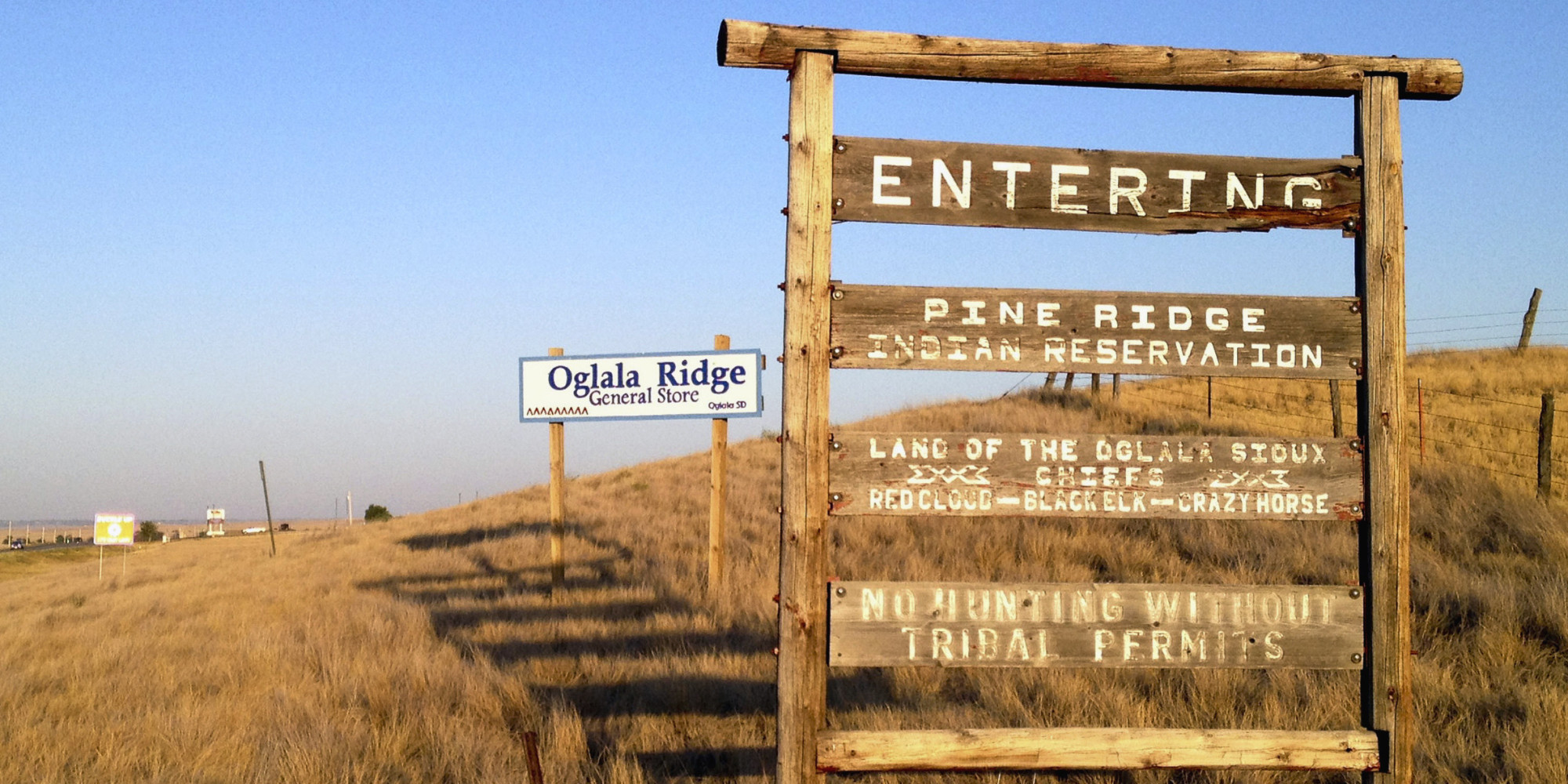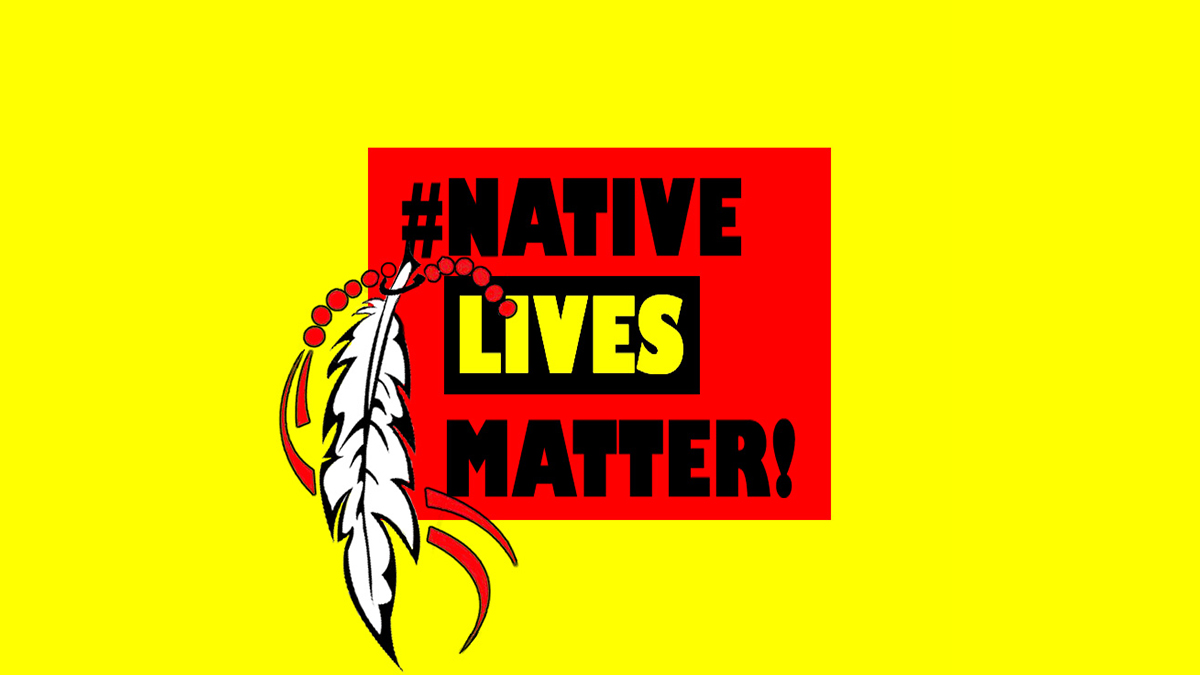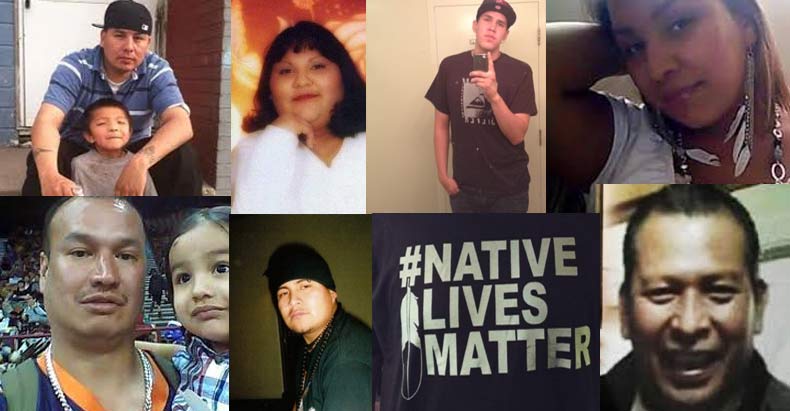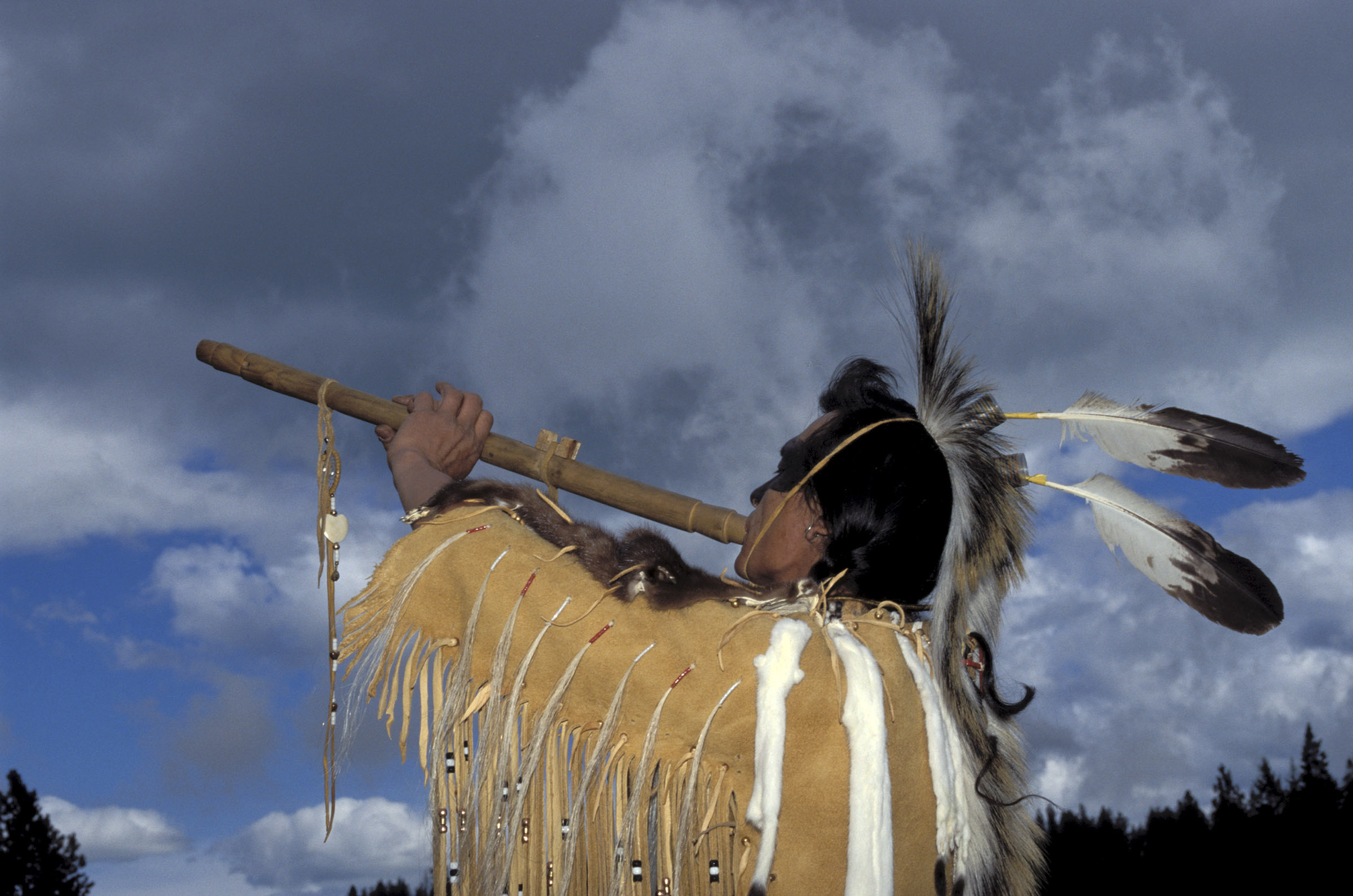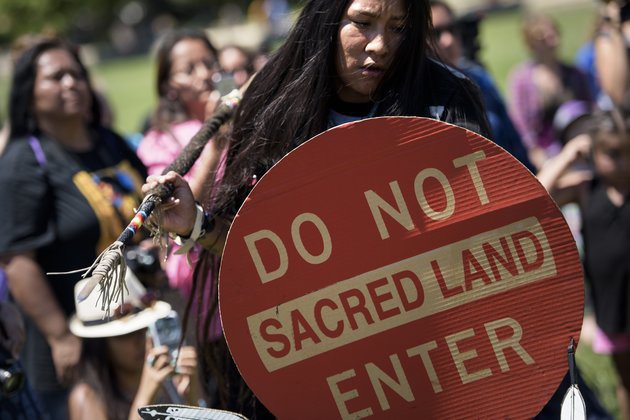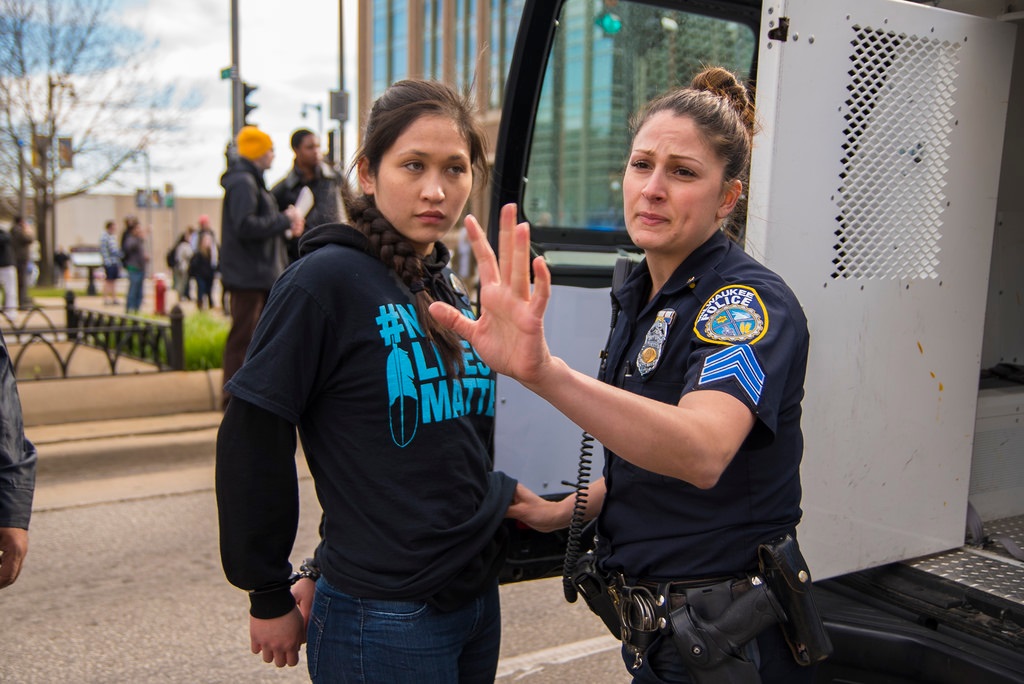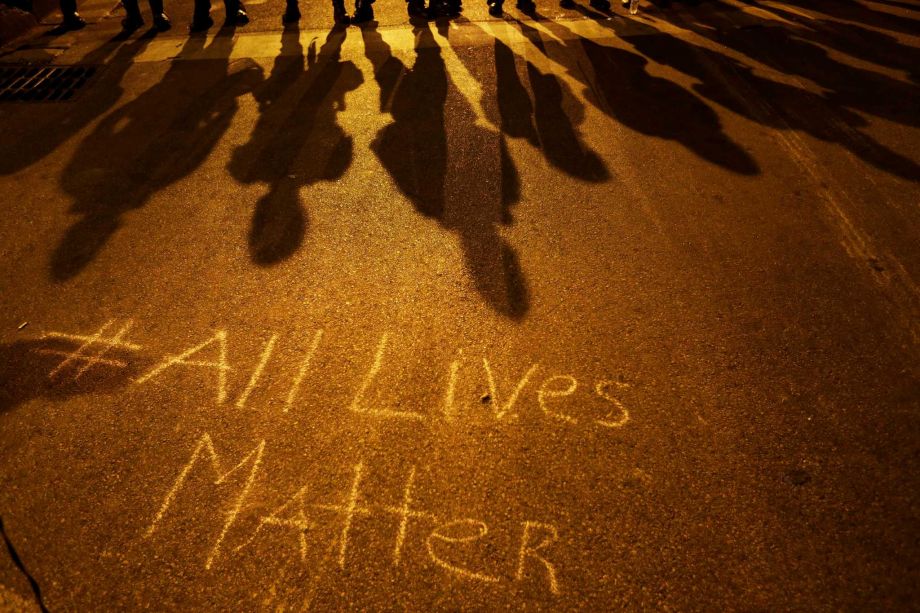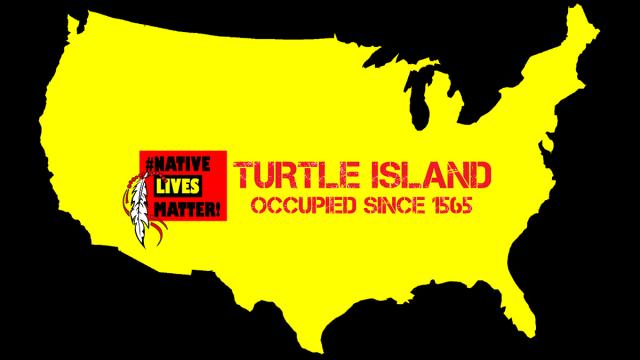
FIRST GRAF IN ITALICS “I’m a human being. I’m not anyone’s mascot! And I am America’s conscience. And that’s what they don’t want to look at. They would rather look at a cartoon character than at the deceit of this country and this government.” - Russell Means, Lakota Activist and Actor (1939-2012)
Paul Castaway had the bad luck to be two of the things you don’t want to be in a confrontation with police in the western United States: Native American and mentally ill. He had been drinking, which exacerbated his schizophrenia, and his mother, Lynn Eagle Feather, was so frightened by his behavior that she called police in the hope that their intervention could help calm down her 35-year-old son.
Castaway left her house on July 12 for a nearby trailer park where he was chased and cornered by Denver police officers. Shortly thereafter, he was dead – shot four times as he held a knife to his own throat, according to people who saw surveillance camera footage from the park incident, including one local television reporter. (The video has not been released to the public, as Denver PD stated it remained part of an “internal investigation.”.
“There were about 18 children playing in the parking lot and they were running alongside my son as the police were chasing him,” Eagle Feather said in [an interview](http://www.voanews.com/content/native-americans-most-likely-victims-of-d... police/2918007.html) after the events that day.
In another, more recent case, Sarah Lee Circle Bear, 24, died in a jail cell in South Dakota after complaining that she was experiencing severe body pain. Apparently, the guards told her to “quit faking it”.
Castaway’s reported last words, “What’s wrong with you guys?” have now become a rallying cry for protesters in the Native Lives Matter movement, which has grown over the past year alongside its inspiration, the more well known Black Lives Matter movement. Native people represent less than 1% of the American population yet account for 2% of all deaths at the hands of police – earning them the dubious distinction of the group statistically most likely to die in confrontations with law enforcement.
There is no doubt that Castaway was deeply troubled. There will be those, just like in many cases of police killings of black men and women, who will blame the victim. Castaway had a criminal history including assault and burglary charges and had done jail time. Police also claimed that he stabbed his mother in the neck with the knife before their arrival, which she disputes.
Castaway, who left behind a three-year-old son and a grieving family – along with the traumatized children who witnessed his shooting – fits into a larger picture of the “other 1%,” as Nicholas Kristof has called them. Native Americans by every measure are the bottom 1% in the U.S. and its northern neighbor, Canada. Yet their continued suffering is something most North Americans aren’t even aware of.
The Horrors of Pineridge
Though it’s 350 miles away, Denver is the closest city to the town of Pine Ridge, on the Reservation of the same name, which is home to one of the Lakota tribes of which Castaway was a member. The Lakota are one of seven sister nations of the Sioux who live throughout North and South Dakota, with small populations also residing in the Canadian provinces of Saskatchewan and Manitoba.
If the Ogala Lakota are a nation and Pine Ridge is their country as treaties attest, then they are, along with Haiti, one of the poorest nations in the western hemisphere. The statistics bear this out as a slow moving tragedy that has continued since the people's first contact with white settlers very early in the 19th century.
As reported by the American Indian Humanitarian Foundation, the average life expectancy on the reservation is 48 years for men and 52 years for women; the median income is just over $2,500 dollars a year and the unemployment rate ranges between 85 and 95%. It's estimated that less than 10% of youth living on the reservation finish high school. Under conditions like these, Native American youths are unlikely to have any bootstraps to pull up, as conservatives are constantly demanding that those living in poverty must do.
Healthcare, which is supposed to be guaranteed to all Native Americans under treaty obligations and carried out by the Indian Health Service – which receives federal money each year for this express purpose – is dire on the Pine Ridge Reservation and its surrounding area. Youth have a suicide rate 150% higher than the national average. Diabetes rates here are 800% above the norm. Native Americans are also five times more likely to suffer from tuberculosis than “non-Hispanic whites.” Alcoholism remains a plague, as it has been for generations, though it's [now exploited (http://www.msnbc.com/msnbc/law-disorder-pine-ridge-indian-reservation) by businesses off the reservation.
Pine Ridge’s groundwater has also been polluted, leading to higher rates of cancer. “Many of the wells and much of the water and land on the Reservation is contaminated with pesticides and other poisons from farming, mining, open dumps, and commercial and governmental mining operations outside the Reservation,” states the American Indian Humanitarian Foundation.
“Let the Great Healing Begin”
The Black Lives Matter movement has made a significant impact in part because African Americans are a visible presence in America’s large urban areas. By contrast, Native Americans are more easily ignored since they often live in more rural areas and on reservations. Native American culture, and often Natives themselves, remain a source of ridicule in contemporary North American culture in a way that other groups are not, at least not in such open fashion. For example, sports teams nationwide still proudly flaunt racist names and symbols referring to Native American peoples and traditions.
Now, issues of police accountability are opening the public's eyes to the continuing struggles of North America’s First Peoples and other groups unfairly targeted by law enforcement. Movements like Idle No More in Canada have brought together environmentalists and Native people, leading to greater understanding of the economic, social and environmental challenges facing indigenous communities. And non-Native activists are now integrating these vital justice issues into their campaigns.
Leonard Peltier, the Native American activist convicted and imprisoned for over 30 years on murder charges that have been ruled unfair by Amnesty International and others, once pointed toward a better future for people here on Turtle Island – the Sioux name for America.
“To heal will require real effort, and a change of heart, from all of us," he said. "To heal means that we will begin to look upon one another with respect and tolerance instead of prejudice, distrust and hatred. We will have to teach our children – as well as ourselves – to love the diversity of humanity... We can do it. Yes, you and I and all of us together. Now is the time. The only possible time. Let the Great Healing Begin.”
3 WAYS TO SHOW YOUR SUPPORT
- Log in to post comments

